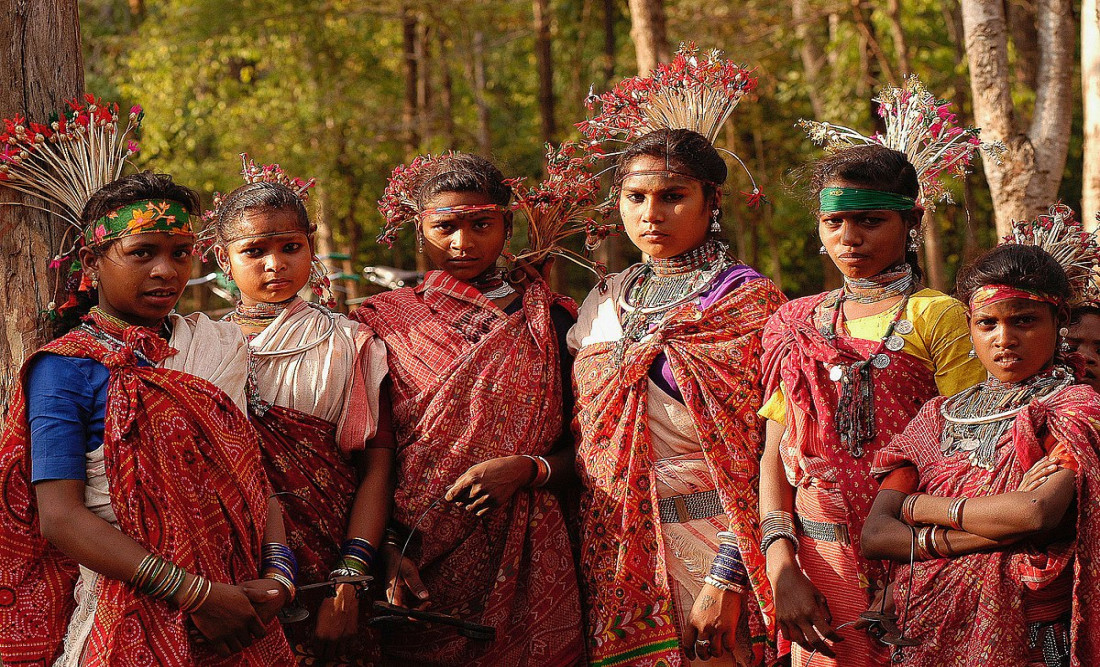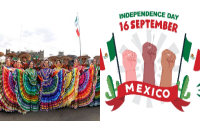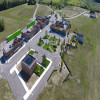Know about Baigas and Khonds people living in central India

Have you ever noticed that people living in different types of societies do not share the same notion of work and time? The lives of the shifting cultivators and hunters in different regions were regulated by a calendar and division of tasks for men and women.
Verrier Elwin, a British anthropologist who lived among the Baigas and Khonds of central India for many years in the 1930s and 1940s, gives us a picture of what this calendar and division of tasks was like. He writes:
In Chait women went to clearings to ... cut stalks that were already reaped; men cut large trees and go for their ritual hunt. The hunt began at full moon from the east. Traps of bamboo were used for hunting. The women gathered fruits like sago, tamarind and mushroom. Baiga women can only gather roots or kanda and mahua seeds. Of all the adivasis in Central India, the Baigas were known as the best hunters ... In Baisakh the firing of the forest took place, the women gathered unburnt wood to burn. Men continued to hunt, but nearer their villages. In Jeth sowing took place and hunting still went on. From Asadh to Bhadon the men worked in the fields. In Kuar the first fruits of beans were ripened and in Kartik kutki became ripe. In Aghan every crop was ready and in Pus winnowing took place. Pus was also the time for dances and marriages. In Magh shifts were made to new bewars and hunting-gathering was the main subsistence activity.
The cycle described above took place in the first year. In the second year there was more time for hunting as only a few crops had to be sown and harvested. But since there was enough food the men lived in the bewars. It was only in the third year that the diet had to be supplemented with the forest products.
Children go with their mothers to the forest to gather forest produce.











